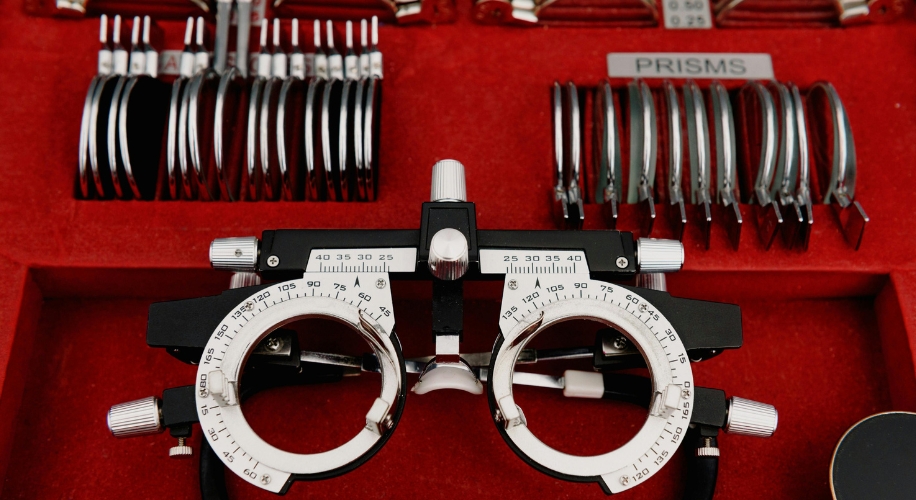Decoding Your Computer Prescription: A Guide
- BY Dr. Steven Liem
- IN Glasses

With many of us spending hours in front of our computers daily, it’s not surprising that we may experience tired eyes, blurred vision, or even headaches. These symptoms could be a result of digital eye strain, caused by prolonged usage of digital devices such as computers. One solution to this problem is wearing computer glasses. However, to ensure the glasses are effective, you need the right prescription. Understanding your computer prescription is therefore crucial.
What is a Computer Prescription?
A computer prescription is a specific set of specifications provided by an optometrist to correct vision problems related to computer use. It differs from your regular eyeglasses or reading glasses prescription as it’s customized to optimize your vision for the distance at which you view your computer screen. This prescription aims to reduce eye strain and discomfort, often associated with prolonged computer use.

Photo by Ksenia Chernaya
Understanding Your Computer Prescription
Decoding your computer prescription may seem daunting, but it’s essentially composed of several key elements:
- Sphere (SPH): This represents the power of your lenses. If you’re nearsighted, this number will be negative, while it’ll be positive for farsightedness. For computer glasses, this number is adjusted to optimize vision for the computer screen distance.
- Cylinder (CYL) and Axis: These numbers are related to astigmatism, a condition that blurs vision at any distance. The CYL indicates the severity of your astigmatism, and the Axis denotes the angle of the correction.
- Add: This number is typically used for bifocal or progressive lenses, indicating the additional magnification power for reading. Again, this number can be modified to accommodate the distance from the computer screen.
Understanding each of these elements can help you make sense of your computer prescription and ensure your lenses are correctly optimized for your needs.
Choosing the Right Computer Glasses
Once you have your computer prescription, the next step is finding the right computer glasses. You should look for glasses with blue light filter capabilities. Additionally, the frame style should be comfortable for extended wear and match your personal style. At Zenni, we offer a wide range of frames to choose from, ensuring you can find the perfect pair tailored to your needs and taste.
Remember, regular eye exams are essential to maintain your eye health, especially if you’re a frequent computer user. Be sure to discuss any digital eye strain symptoms with your optometrist, and don’t hesitate to update your prescription as necessary. With the right computer glasses and an accurate prescription, you can work comfortably and protect your eyes from potential digital eye strain.


